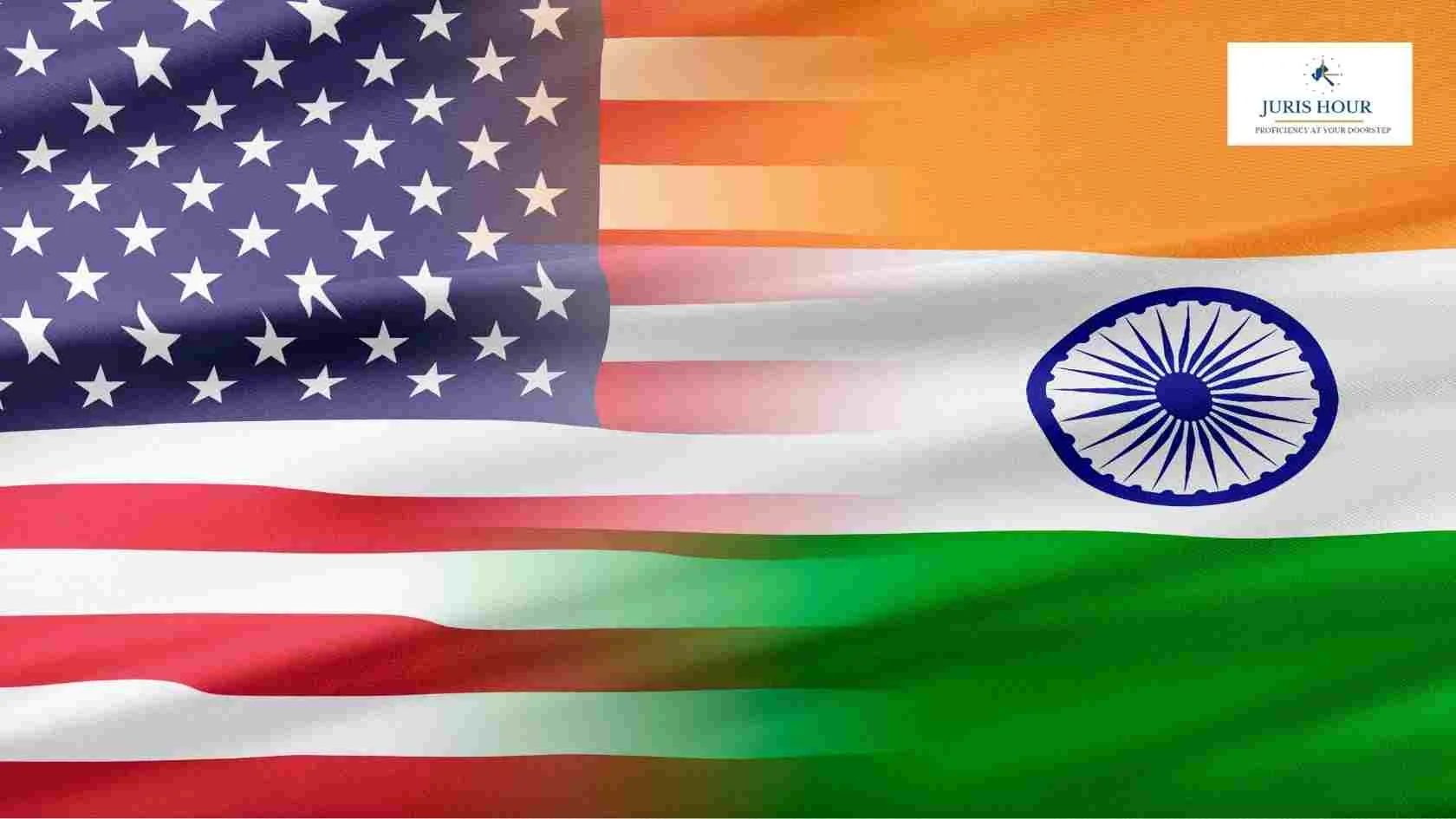U.S. President Donald Trump said discussions are “very close” to reaching a trade agreement with India, hinting that American firms could soon get increased access to the Indian market. His comments follow the recently finalized tariff framework with Indonesia and come just ahead of an August 1 deadline for expanded U.S. tariffs.
Details from the Oval Office
- Speaking at a bilateral meeting with Bahrain’s Crown Prince Salman bin Hamad Al Khalifa, Trump said the U.S. is “in negotiation” with India and described it as “very close to a deal”.
- He emphasized the importance of market access: “We’re going to have access into India… we had no access into any of these countries”.
- Similar to the Indonesia deal—where the U.S. agreed to a reduced tariff of 19%—Trump implied India’s deal would follow “the same line”.
Broader Tariff Strategy
- U.S. is set to implement new reciprocal tariffs starting August 1, targeting over 150 smaller economies with notices averaging just over 10%. Major economies like the European Union, Japan, Canada, and Brazil are facing steeper rates, up to 50%, unless they reach bilateral agreements.
- India notably did not receive a tariff notice letter—alongside just Taiwan and Switzerland—signaling ongoing and potentially imminent negotiations.
India’s Negotiation Position
- India has been seeking a tariff rate lower than Indonesia’s 19%, aiming for a competitive edge in the Asia-Pacific region.
- The two sides have been focusing on “low-hanging fruit” sectors first—avoiding politically sensitive areas like dairy and grains—while automotive and industrial goods continue to be key discussion points.
- India maintains it will not rush into a deal: any agreement will be in its national interest—not bound by deadlines .
Strategic Implications
- The timing—just days before the August 1 implementation of tariffs—suggests both nations are under significant pressure to reach interim compromises.
- A phased trade deal could set the stage for broader economic cooperation, growing bilateral trade towards the ambitious target of $500 billion by 2030, a vision underscored during Prime Minister Modi’s February visit to Washington.
What It Means
- For U.S. exporters: A deal would unlock better access to the Indian market—enabling export growth in auto parts, machinery, and consumer goods.
- For India: It secures tariff relief before August 1, and fosters stronger ties with Washington amid a shifting global trade landscape.
- Globally: The deal could dampen broader escalation of Trump’s tariff campaign, which has unsettled markets in Europe and Asia.
With high-level trade talks ongoing in Washington this week—and no letters sent—momentum is clearly on both sides. The coming days will likely determine whether India joins the ranks of countries that have struck favorable trade agreements with the U.S., or if reciprocal tariffs come into effect as announced.
Read More: GST Portal Is Now Enabled To File Appeal Against Waiver Order SPL 07: GSTN


